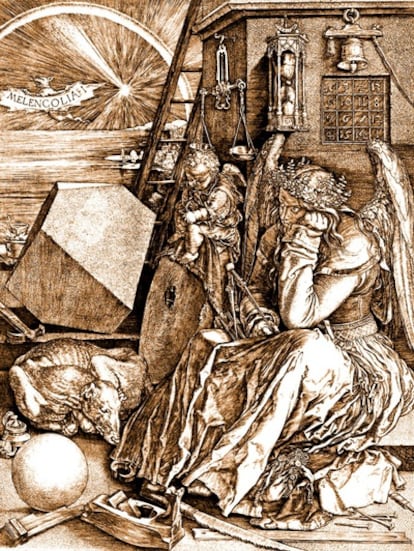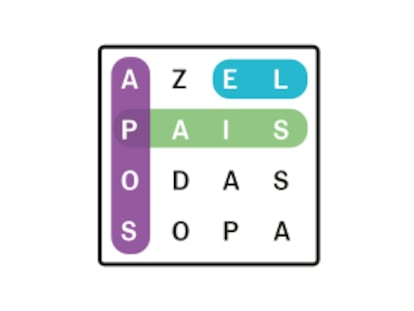The Birth of the Melancholic Woman
It is these linguistic and cultural representations of nervous, melancholic women that initially roused my interest and that I felt I needed to challenge. During the course of my research, I encountered melancholic poems written by early 18th century women writers that are in urgent need of being re-read within this new context; poems that counter the stereotypical imagery of melancholic women. They reveal our contemporary use of language and our associations depicting the relationship between depression and the female sex as historically questionable and misogynous.
The birth of the nervous woman took place in late 17th century England. It was a time of great social and scientific upheaval. Medical theories of physical and psychological processes, which were based on the idea that the body was constituted of four humours (i.e., blood, phlegm, yellow and black bile), underwent a radical shift in the early 18th century. New hypotheses on the central nervous system and its specific disorders, such as melancholy, hysteria and hypochondria, began to replace the theory of the humours and became the focus of medical debate. This radical change in medical theory had a significant influence on the way in which women were perceived. While previously only rarely diagnosed with melancholy?the uterus and its specific humoural condition were supposedly averse to the melancholic humour?women, endowed with weak nerves by nature, were then considered pathological creatures predestined to suffer from melancholy. Despite these latest medical explanations, melancholy remained a justifiable reason for sustaining traditional gender hierarchies and ensuring the sociocultural subordination of woman.
This self-perpetuating power divide becomes increasingly evident when examined in conjunction with melancholy. Since Ancient Greece, melancholy has played a crucial role in the evolution of the male genius?although there was a fine line between melancholy and madness. Women, by contrast, did not figure in any of these theories of melancholy until the late 17th and early 18th centuries. At this point in time men were viewed through the lens of the melancholic genius, whilst melancholia in women became a subject for psychiatric case studies. For men, dejection and gloom was characteristic of intellectual profoundness, while women were diagnosed as suffering from melancholic disorders. English literature mirrors this development. On the one hand we see the melancholic conception of the poet and artist figure; on the other, women are pathologised as being hysterical and melancholic-depressive.
Yet, this is only half of the melancholy story. Eighteenth-century women's poems?in themselves an exception in a male-dominated literary market?bear witness to how melancholy, despite its negative associations, offered women the opportunity to create the female self. Aside from hypersensitivity and pathology, these female identities are not only characterised by disorder and social repression but also by poetic inspiration and introspection. These poems reveal a different side to the images of melancholic-depressive and hysterical women and cast a different light on the women writers and their poetic, melancholic selves.
In "Ardelia to Melancholy" by Anne Finch, the melancholic poet-speaker surrenders to melancholy and sinks into sinister silence. Elizabeth Carter's poetic self, on the other hand, devotes herself entirely to the poetic power of melancholy?fully aware of its potentially destructive danger. Hauntingly, she conjures her melancholic muse with the words: "Come Melancholy! [...] Indulge my pensive Mind." Several points become evident: poetically, melancholy is by no means an exclusively male phenomenon. On the contrary, poetic melancholy gives women a chance to create a poetic self and the opportunity to position themselves within an emerging literary market. These positive qualities of melancholy, however, were not viable for 18th century women writers; hence their poems now require closer reading and a detailed analysis to identify and challenge the traditional, stereotypical imagery of nervous disorders. With these thoughts in mind, Siri Hustvedt's image, as well as our own imagery of the hysterical, mourning, melancholic woman, need to be analysed and re-read in a new light.
www.atomiumculture.eu








































































